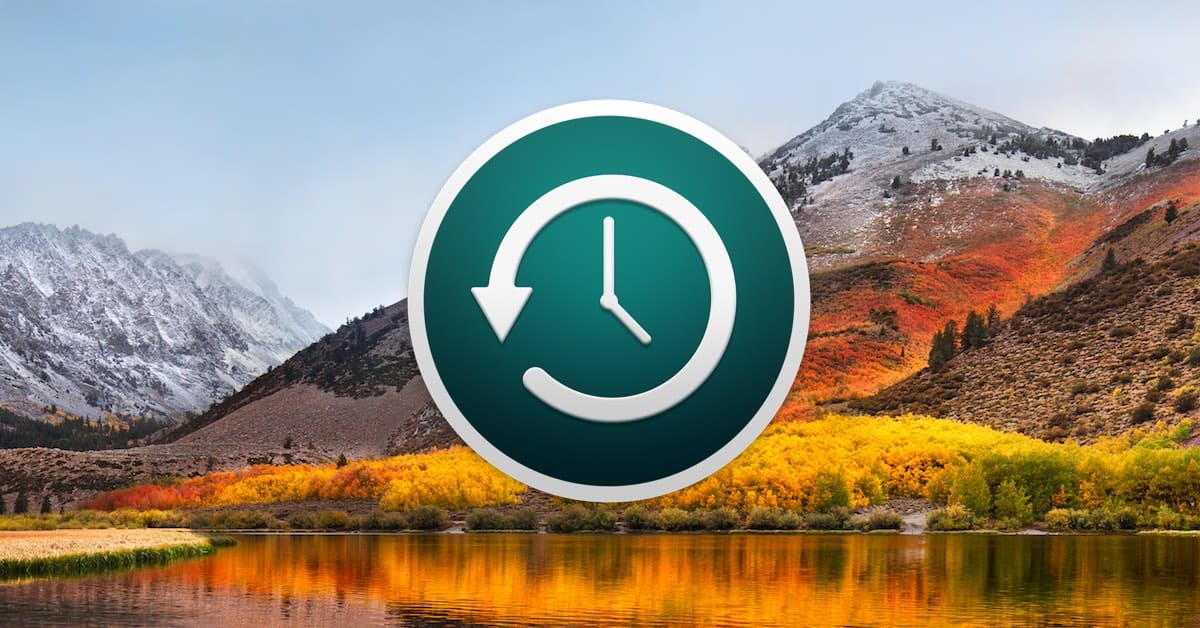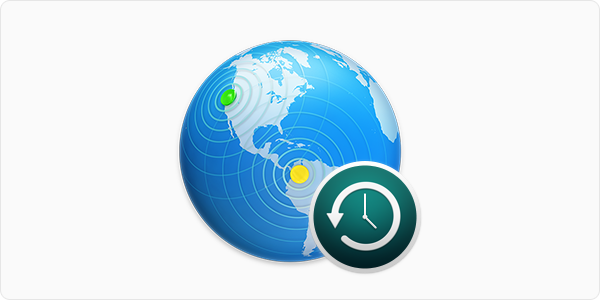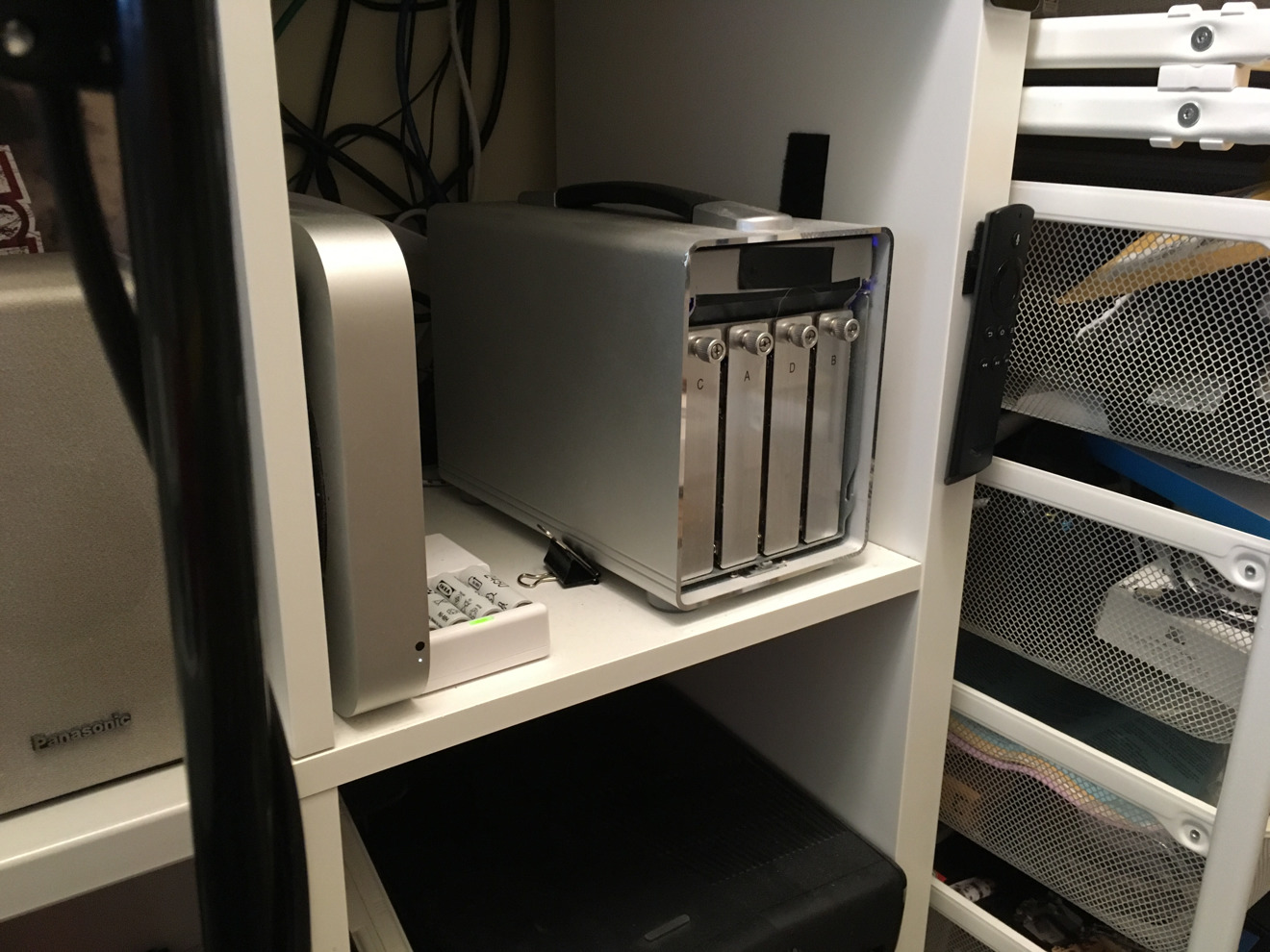

- #Time machine mac mini server install#
- #Time machine mac mini server manual#
- #Time machine mac mini server password#
By default, a new user will have access to all enabled services. We also suggest leaving the ‘Allow user to administer this server’ box unchecked, so you are the only person in control of your server.Ĭlick Create. Make sure Home Folder is set to ‘None – Services only’.

#Time machine mac mini server password#
You’ll want to create accounts that match the ones on your household’s Macs, so you may need family members to provide their account name and password – though not mandatory to match what they use on their own Mac, that simplifies matters. Click + to add other members of your household. You’ll see your own user account has already been added. Select Users under the Accounts heading on the left. Once done, you’ll see its main screen, which gives an overview of the computer, and lists available services in the sidebar. Open the app and click Continue to set it up. Server works best when you limit access to specific users and groups. Next, give the Mac a static IP address check the range from which your router allocates addresses – often of the form 192.168.0.x, where x is a number etween 0 and 255 that isn’t assigned to another device on the same network.
#Time machine mac mini server manual#
To do this, go to System Preferences > Network, select the Ethernet connection if necessary, then change the ‘Configure iPv4’ pop-up menu to ‘Using DHCP with manual address’. Second, assign the server a static IP address on your network, so that it has a permanent identity that makes it easier for other Macs to locate and connect to it.

Before opening it for the first time, make sure the Mac’s network connection is configured properly.įirst, we strongly recommend you connect the server to your router using an Ethernet cable while you can use Wi-Fi, Ethernet offers faster performance and a more stable connection. Once the Server app is installed, you’ll find it in the Applications folder.
#Time machine mac mini server install#
If you won’t upgrade it to El Capitan, search the Mac App Store for ‘macOS Server’, then purchase it – you’ll be told the current version isn’t compatible and instead be offered the most recent version that will work.Īccept this, and it’ll download and install on your soon-to-be server. Things are a bit easier if your old Mac is running Yosemite. Note that certain features – like caching personal data from iCloud Drive – aren’t available in these earlier releases.īe sure to assign your server a static IP address on your network to make it easy for other devices to find This will open the Mac App Store and show you the correct version of Server for your system (2.2.5 for Mountain Lion 3.2.2 for Mavericks) for you to buy, or redownload if you bought it previously. If your old Mac is running either OS X 10.8 or OS X 10.9 (Mavericks), go to Apple's official website and click the relevant link in the archived article. We’re going to focus on Macs running OS X 10.8 Mountain Lion or higher, because that’s the point where Server changed from being sold as a complete operating system to an app that runs on top of the regular one. The trouble is, Apple has made it difficult – but not impossible – to buy and install an older version of the app (which used to be more simply dubbed ‘Server’). Your Mac will need to be running OS X 10.11.6 or higher to run the latest version of macOS Server, which might not be practical if you’re using an older Mac.

The idea of running macOS Server may seem intimidating, but it offers a couple of features that are easy to set up and beneficial even in a home setting What you need to know


 0 kommentar(er)
0 kommentar(er)
